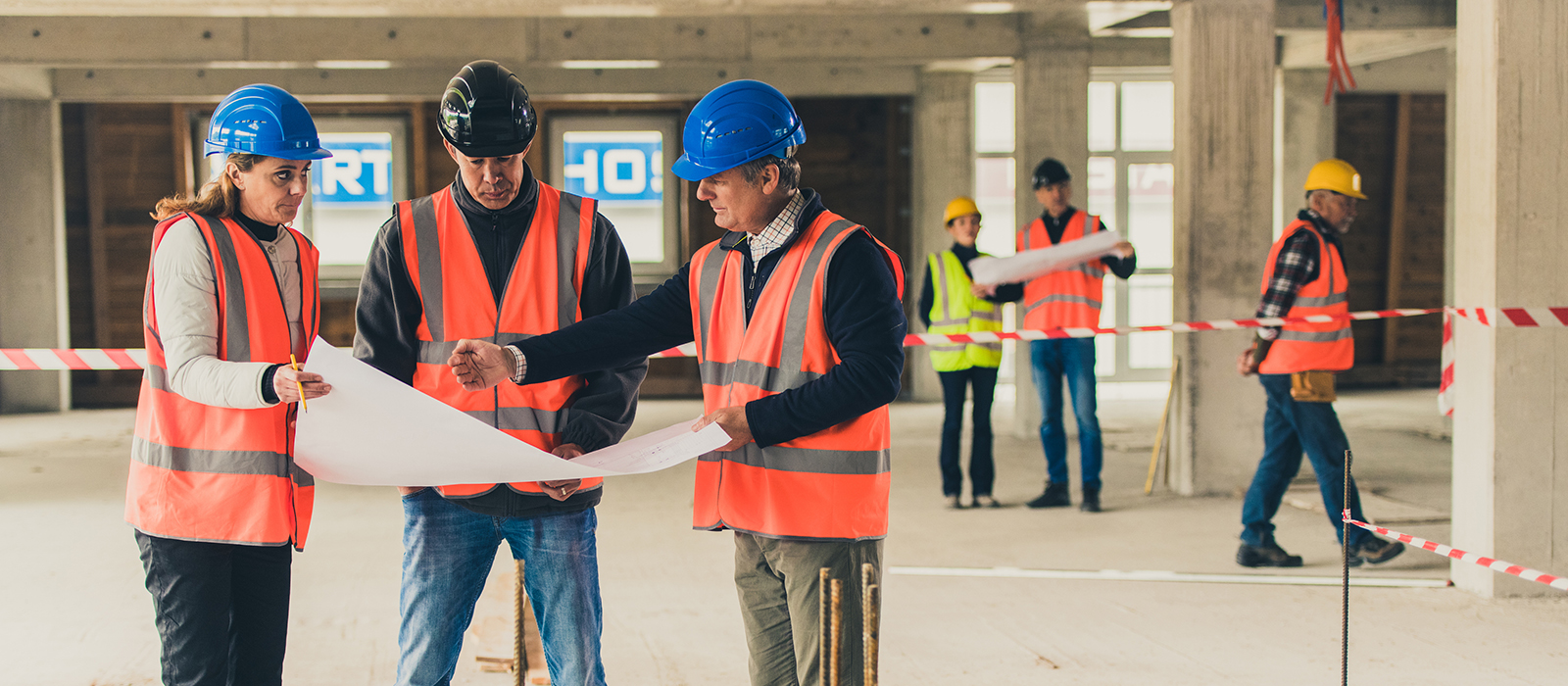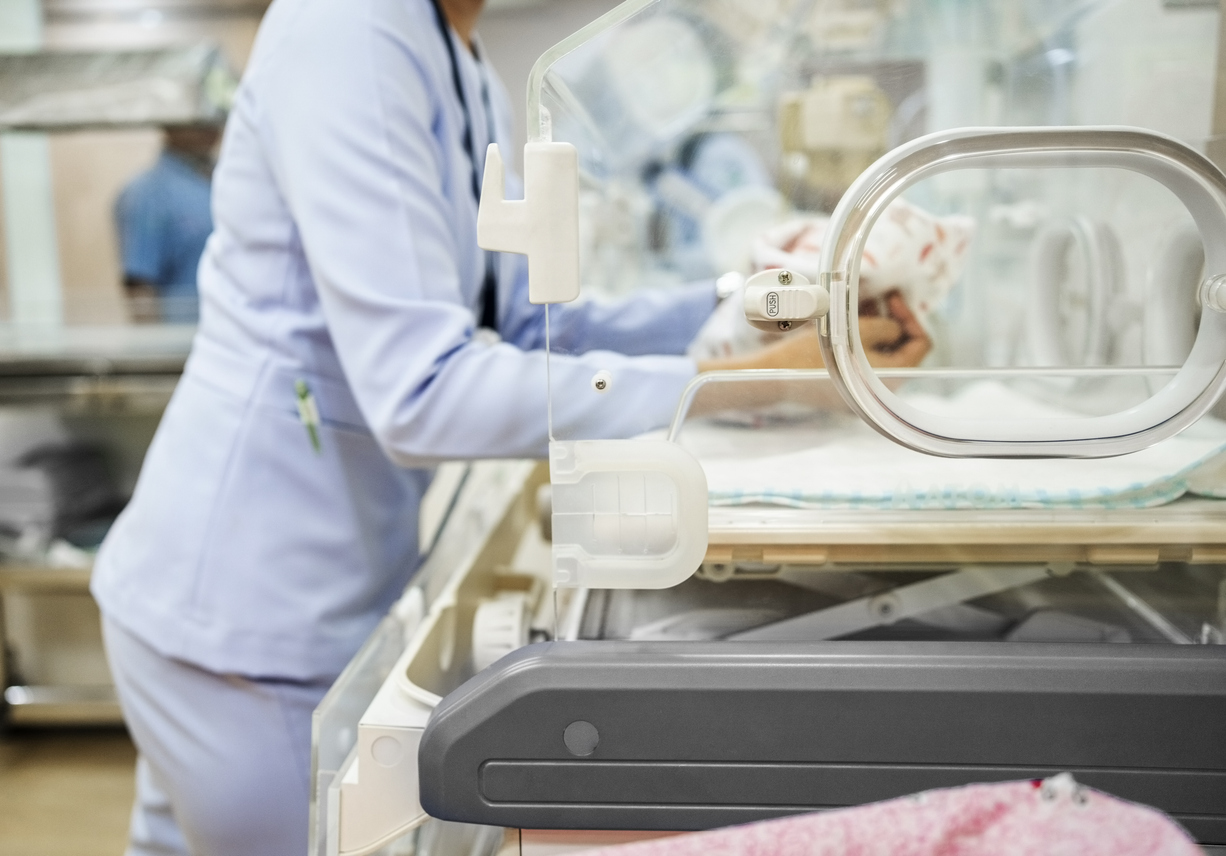The Dangers of Improper Pressurization and Ventilation

Healthcare-acquired infections aren’t just dangerous to patients — they can also be very costly for the facilities in question. Since procedures and processes that are high risk for infection are performed in places like operating rooms and central processing, ensuring proper pressurization and ventilation to avoid infection is a matter of life and death.
The current version of the American Society of Heating Refrigerating and Air-Conditioning Engineers (ASHRAE) standard 170, which has been adopted by the Facility Guidelines Institute (FGI), establishes the minimum requirements for new construction. Older buildings, however, are subject to the code that was in effect at the time of construction.
And while becoming compliant is an ongoing effort and a significant investment for healthcare facilities to make, failing to follow FGI guidelines for pressurization or making the fixes after a Joint Commission survey (when only allowed 60 days to do so), could leave your hospital vulnerable to even costlier outbreaks. Yet, despite the importance of proper pressurization and ventilation, statistics from The Joint Commission revealed that more than half of hospitals weren’t compliant with ventilation system requirements.
Depending on the purpose of the room and the condition of the patient, airflow needs to be directed either into or out of the room. For example, if a patient is immunocompromised, the airflow needs to be directed out of the room to prevent infection from spreading to the patient during their weakened state. The same goes for rooms where invasive procedures are occurring, like operating rooms, which also require 20 air changes per hour under the current version of the code. (However, this number is less for older construction, so it’s important to note the year of construction and manage appropriately.)
On the other hand, when the patient is the actual source of infection and needs to be in an isolation room, the airflow needs to be directed into the room to protect others and keep the infection from spreading. Another reason a space will need negative pressurization is to control odors, such as soiled utility rooms. Airborne isolation rooms require 12 air changes per hour.
Think of it this way: positive pressurization is for the protection of the patient, while negative pressurization is for the protection of the caregivers or for odor control. The goal is to either keep infection causing aerosols out or keep them in.
How to Ensure Your Pressurization and Ventilation Process is Compliant
Aside from the safety of patients, caregivers, and hospital patrons, ensuring proper pressurization is also a significant compliance concern. The Joint Commission has made pressurization an increasingly important area of focus in recent years. An often made and incorrectly held assumption is that a hospital’s existing mechanical system is configured for proper ventilation and pressurization, simply because it was at the time of design. Unfortunately, even if the initial design met the standard, that doesn’t mean it remains in compliance. That’s why having an effective ongoing compliance monitoring strategy is so important. So, what can facility managers do to keep patients and hospital workers safe from airborne infections spread by improper ventilation and pressurization? Here are four key aspects to a strong compliance strategy:
Updated inventory of pressure dependent spaces
The areas of your healthcare facility requiring specialized ventilation are likely to change over time due to changes in space usage. Or, guidelines will change over time, requiring different guidelines for different areas. For instance, the regulations for pressurization in endoscopy rooms have changed in each of the last three iterations of the FGI guidelines — which means your processes need to change, too. By keeping an updated inventory, you can ensure that no space ever gets overlooked during your testing or monitoring processes. It’s also good practice to have a regular schedule for assessing and updating your inventory.
Routine monitoring and inspections
High-risk areas, like your hospital’s operating rooms, need to have pressure validated routinely. While less risky spaces — like a soiled utility room — can be tested on a less frequent basis (like quarterly or semi-annually), it’s still best to have routine monitoring systems in place for quick check-ups. Whether you use a ball in tube system, digital manometer or wireless pressure sensor technology, you’ll need some way for staff to complete routine checks.
Staff education
Which brings us to the third key aspect to a strong compliance strategy: educating your staff. Every person involved in monitoring and ensuring proper pressurization of sensitive areas needs to have a clear understanding of the reasons and risks behind the procedures. Make sure to designate responsibilities clearly and communicate effectively.
It’s also important not to overlook the smaller details. For instance, a door remaining closed is essential to maintaining the necessary negative pressurization. Your staff should understand the importance and severity of this instruction to prevent careless mistakes.
Action plan for non-compliant pressure dependent spaces
Once you finalize a comprehensive inventory of pressure dependent spaces, it is nearly inevitable that deficiencies will exist. It is, therefore, critical to develop an action plan for non-compliant pressure dependent spaces. Most actions involve making the room tighter (e.g., filling penetrations, door sweeps) or balancing rooms (e.g., changing the offsets between supply and exhaust flow rates) to make most rooms compliant. That said, some non-compliant rooms will require (potentially expensive) upgrades to HVAC and controls systems, so it’s important that you communicate the infection control and compliance concerns for non-compliant pressure dependent spaces. With this approach, you can make the business case for HVAC and controls system upgrades, where needed.
Complex environments, aging infrastructure, changing codes, and balancing one area only to unbalance another are all challenges to maintaining proper pressurization. For these reasons, having a clearly established inventory and monitoring plan is essential.
If you’d like guidance on ensuring proper – and compliant – pressurization and ventilation in your hospital, contact us today.
Subscribe
to our blog
"*" indicates required fields




